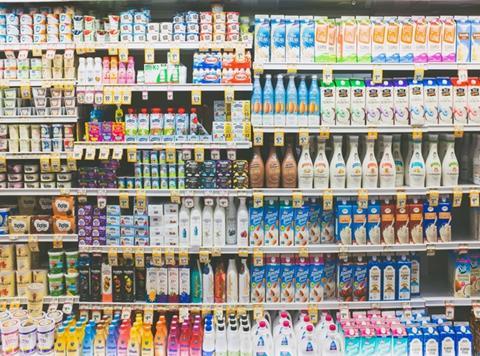
This time last year, you’d have been forgiven for greeting the mention of kefir with a blank stare. Now, there may still be some confusion on pronunciation (keh-fear), but the tangy yoghurts and fizzy milk drinks have taken the dairy aisle by storm.
A summer of activity has seen major dairy player Arla sneak a kefir drink into Waitrose, while Yeo Valley debuted its kefir yoghurts in Sainsbury’s just last week.
Meanwhile, Nomadic is gearing up to roll out its bottles of kefir “soon”, while Bio-tiful Dairy is set to move into yoghurt territory with a big pot of its Kefir-Quark breakfast SKU and a new Blackberry variant. And not to be outdone, The Collective last week announced it would launch a range of kefir yoghurts in October to join the kefir drinks it debuted in April.
So what’s giving fermented dairy its fizz?
It’s the same reason Danone abandoned the repositioning of Activia as an “aspirational lifestyle brand” and put (still aspirational) flat tummies back on TV as part of its latest marketing campaign. Danone, and a host of others, have cottoned on to the fact consumers are clamouring to line their intestines with enough flora and fauna to make a petri dish jealous.
Read more: Amelia Harvey on collaboration and The Collective
Your average yoghurt, with between two and five strains of bacteria, simply can’t cut it against the 40-plus claimed by Bio-tiful Dairy, nor even the 14 claimed by Yeo Valley’s new range.
Add to this the educational marketing campaign The Collective is set to launch espousing the “holistic health benefits of fermented food”, and raising awareness and trial of the kefir category, and there’s little doubt the brand believes kefir has room for further growth.
“We have developed a range without any artificial ingredients and achieved a yoghurt that is low in sugar, which is something we all feel very passionate about,” says The Collective co-founder Amelia Harvey. “Our kefir range builds on our strongly held belief of fuelling consumers with real wholesome food.”
It’s little surprise bright colour palettes have suddenly become necessary in the face of increasingly stiff competition. The Collective’s trademark bold colours appear once again on its kefir pots, while Nomadic hired design firm Carter Wong to give its new entry a standout look and more hope of standing a chance.
“The popularity of fermented drinks including kefir and kombucha has risen dramatically in recent years as more consumers discover the health benefits of these fermented functional products,” explains Carter Wong MD Sarah Turner. “With new products coming to market all the time, each new brand is having to work even harder to capture consumers’ attention.”
And not content with capturing the attention of the gut health-conscious, brands are also innovating outside of their core product and into packaging. Bio-tiful Dairy and The Collective are jostling for a slice of the growing eco-conscious market by cutting out non-recyclable plastics.
Bio-tiful is in the process of switching out plastic sleeves for cardboard and upgrading packaging to 30% recycled plastic, while The Collective announced it would introduce a green pigment to its black lids, making them easier to detect by the infrared sensors in recycling plants.
It all adds to the history, with kefir said to have been traditionally made in the Caucasus Mountains for more than 2,000 years by fermenting milk in a skin bag hung by a doorway and bumped by people passing through.
Today’s methods may not be as quaint, but they may well have cemented the future of fermented dairy.







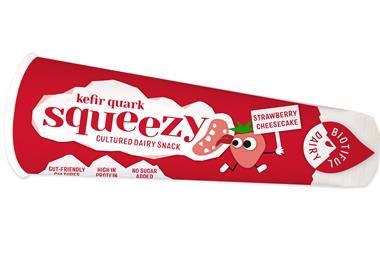
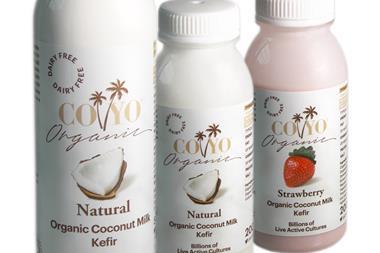

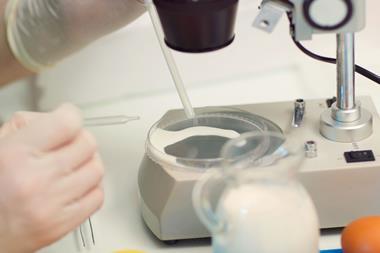
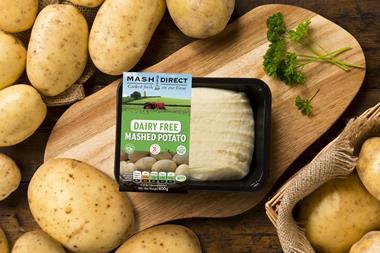
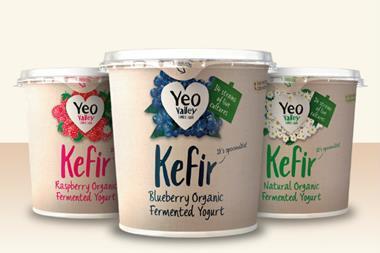

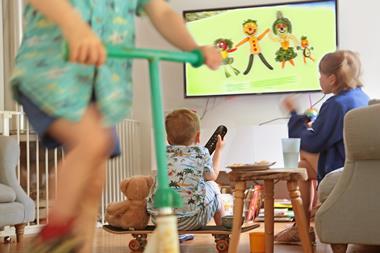




No comments yet